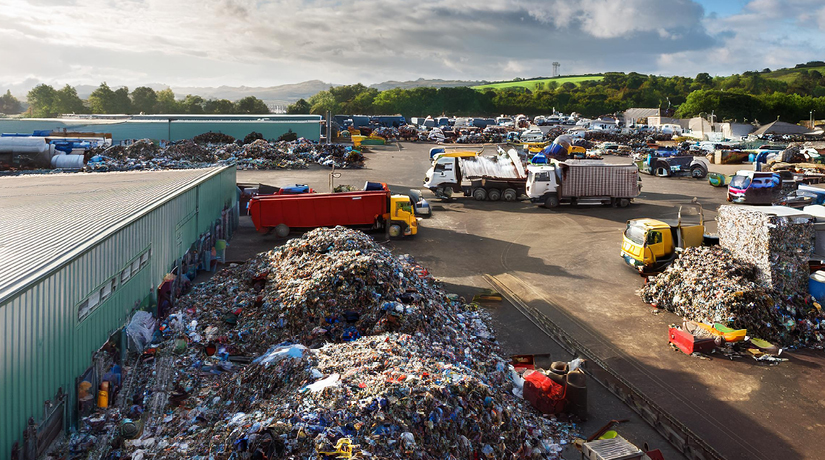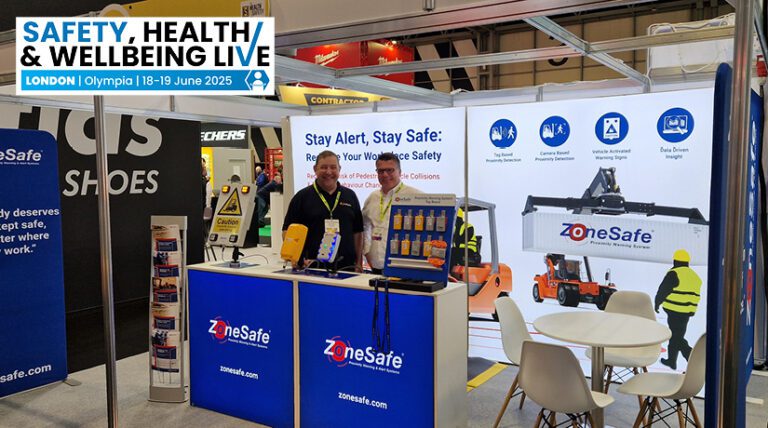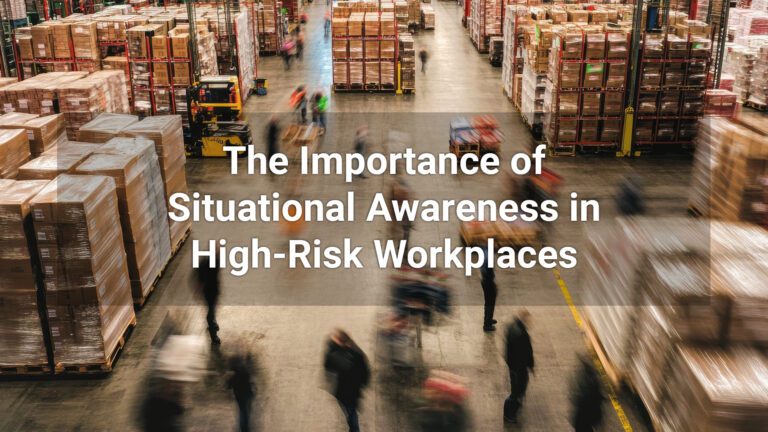When the Health and Safety Executive (HSE) published its 2024 Work-related fatal injuries in Great Britain statistics last year, the usual three sectors stood out: Construction, Agriculture and Waste & Recycling.
The waste sector has sadly been plagued by high accident rates and safety concerns for many years. As far back as 2009, WISH members formed a charter, committing to improving health and safety in waste and recycling and taking action to reduce reportable accident rates. In 2021, the HSE issued a safety notice highlighting the importance of safe working practices in response to six fatal accidents involving shovel loaders over four years.
Unfortunately, despite these efforts, accident rates have continued to stay broadly flat and show minimal signs of improvement, and the sector still finds itself in the top three most dangerous industries to work in. It’s fair to say there is concern over elevated accident rates in waste and recycling.
2023/24 waste and recycling accident figures:
- 4,000 workers, on average, sustained non-fatal injuries at work over the seven years 2017/18-2023/24
- The sector recorded 3.65 fatalities per 100,000 workers
- The fatal injury rate is more than NINE times the all-industry rate
- Under RIDDOR, 1,492 non-fatal injuries were reported by employers
- 32% of non-fatal injuries were classified as sustained from a slip, trip, or fall on the same level
- 25% were injured while handling lifting or carrying at work
- 12% were struck by a moving, including flying or falling, object
- Being hit by a moving vehicle was the most common cause of fatal accident
Elevated accident rates in waste and recycling
The Waste Industry Safety and Health Forum (WISH) expressed concerns about what it called ‘elevated’ accident rates in the sector after noting a small increase. In response, the forum called on its members to refocus their efforts on safety initiatives that address common accident causes, including workplace transport, loss of situational awareness and entrapment/entanglement in machinery. Accidents involving vehicles and people, unfortunately, remain an all-too-common occurrence.
Transport sur le lieu de travail
Every year, serious and even fatal accidents involving workplace transport take place across a wide range of industries. The nature of waste and recycling workplaces and site layouts means it’s often necessary for workplace transport and machinery to operate close to pedestrians, which represents serious potential for threats to safety. Being hit by a moving vehicle was the most common cause of fatal accidents in waste and recycling in 2023/24 figures and was the cause of 25 deaths across all sectors in the same period.
Les HSE recommends thorough risk assessment, consideration of site layout, including segregation, and regular vehicle and driver safety checks and training to counteract the problem. Prevention is always better than cure regarding safety, so proactive measures are the best way to protect people.
Situational awareness
Poor situational awareness is often a factor in workplace accidents and quickly leads to mistakes and serious errors of judgement. When awareness is lost, hazards and threats are often missed, responses are delayed, and the opportunity for an accident increases.
Unfortunately, complacency is a common problem in high-risk workplaces. Suppose a worker has not been harmed before or an accident hasn’t occurred. In that case, it can lead to a false sense of security – workers assume it will never happen to them and fail to take precautions or follow safety procedures that have been put in place to protect them.
Proximity warning technology
Proximity warning systems are specifically designed to address these concerns and offer businesses within the sector the opportunity to ensure a safer working environment.
By applying intelligent vehicle detection technology, these accidents are avoidable. ZoneSafe proximity warning solutions efficiently address safety concerns around vehicle movements and significantly reduce the likelihood of vehicle-vehicle and vehicle-pedestrian collisions. The advanced system detects pedestrians in close proximity to vehicles and alerts both driver and pedestrian to the risk before an accident occurs, even when the pedestrian or the vehicle can’t be seen.
The benefit of the ZoneSafe range of solutions is that they are easily incorporated into vehicles, people, and objects without disturbing everyday activities and immediately raise situational awareness when hazards are present. Vehicle detection alerts drivers and pedestrians, drawing their attention to the threat and allowing them to stop and take action to address the risk. Each solution can be used as a stand-alone system or complemented by additional ZoneSafe systems to provide a highly effective site-wide safety solution.
Contactez ZoneSafe pour discuter de vos préoccupations en matière de sécurité au travail :





